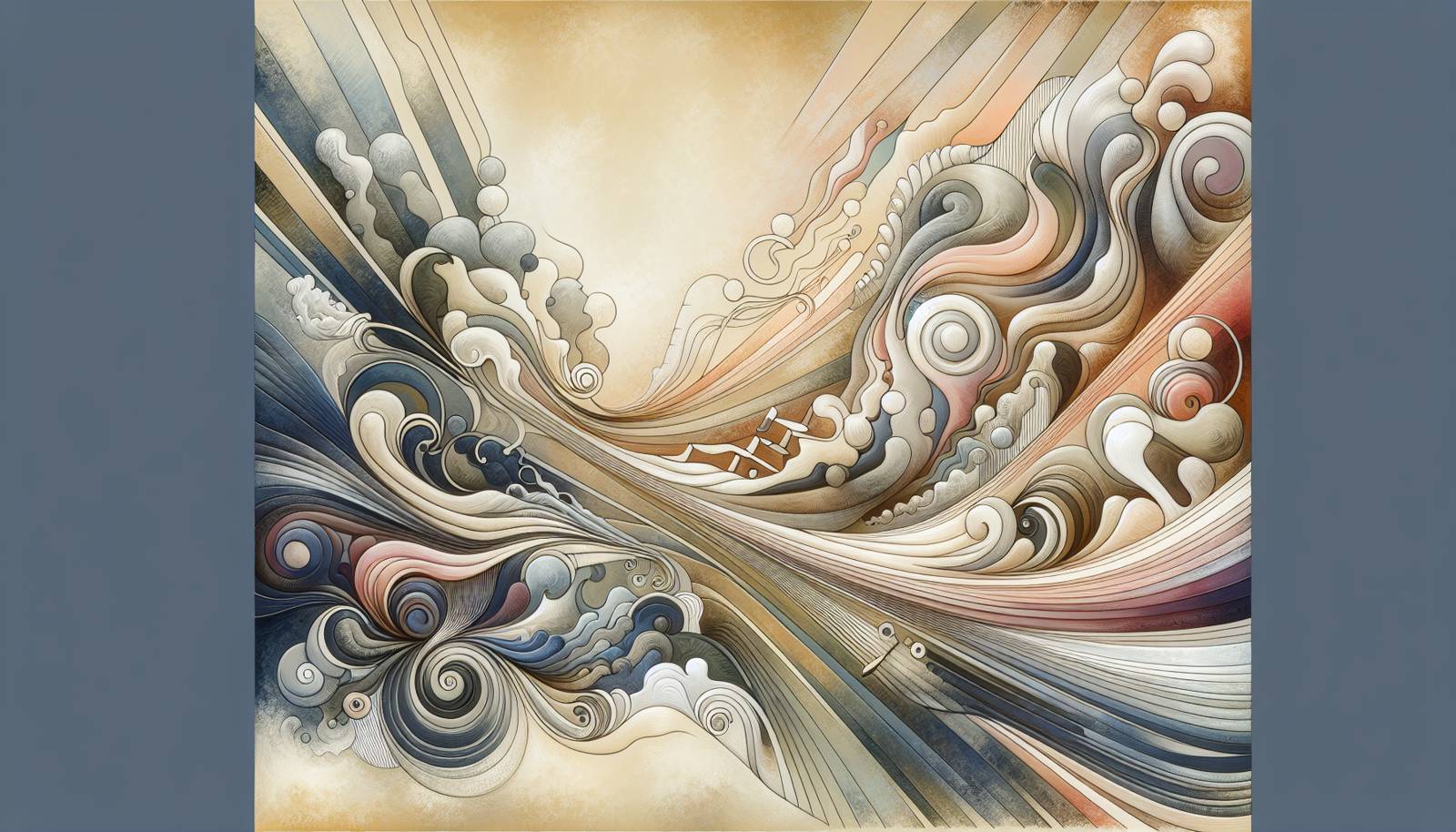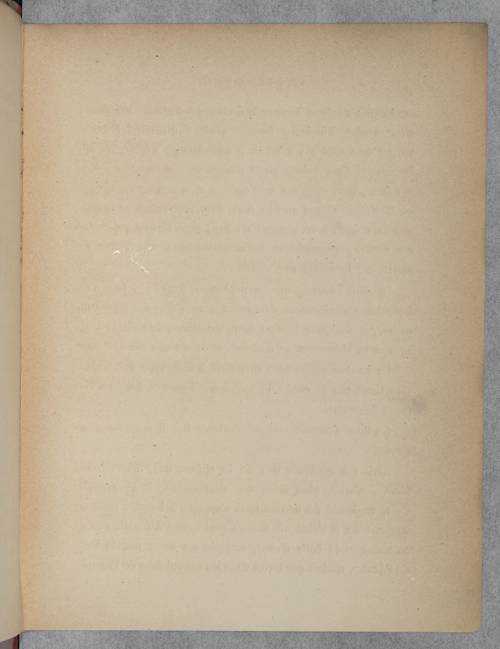
FAQ About The Evolution of Tableaux Vivants in Modern Performance

What is a tableau vivant?
A tableau vivant, French for "living picture," is a form of artistic presentation where performers, often in costumes, create a scene by posing motionlessly, typically to portray a historical event, mythological story, or moral theme. Originating in the 18th and 19th centuries, tableaux vivants were used as live illustrations of art, literature, and theater.

How have tableaux vivants influenced modern performance art?
Tableaux vivants have significantly influenced modern performance art by introducing static visual storytelling into dynamic performances. Contemporary artists incorporate tableaux to pause narrative action, create striking visual contrasts, and deepen the thematic content, often blending with multimedia elements for added depth.

In what ways do modern theater productions use tableaux vivants?
Modern theater productions use tableaux vivants to highlight key dramatic moments, enhance visual storytelling, and create memorable stage pictures. Directors might use a tableau to transition between scenes, underscore a theme, or offer a visual metaphor, adding richness to the theatrical experience.

What are some examples of modern performances using tableaux vivants?
Modern performances like Robert Wilson's stage works, which often include static images paired with dramatic lighting and sound, demonstrate the use of tableaux vivants. Additionally, Marina Abramović's performance art pieces sometimes feature extended poses, echoing the tableau vivant tradition.

Why do artists choose to integrate tableaux vivants in contemporary performances?
Artists integrate tableaux vivants to exploit their ability to communicate powerful and often complex messages without words. The stillness of a tableau can offer audiences a moment of reflection, highlight important narrative beats, and support the visual and emotional impact of a performance.

What distinguishes a tableau vivant from traditional live action in theater?
A tableau vivant is distinguished from traditional live action by its emphasis on visual stillness and absence of spoken dialogue, focusing entirely on visual composition, lighting, and symbolic gestures. Unlike continuous stage action, a tableau offers a pause to interpret visual meaning and emotion.

Are tableaux vivants used in mediums other than theater?
Yes, tableaux vivants are used beyond theater in performance art, photography, and even film. Many artists in these fields use frozen imagery to create visual metaphors, emphasize themes, or interpret classical pieces, showcasing the adaptability of tableaux vivants across artistic disciplines.

How do tableaux vivants contribute to storytelling in a performance?
Tableaux vivants contribute to storytelling by providing a visual summary or emphasizing key narrative themes. By focusing on symbolic imagery and composition, they allow audiences to engage with the story on a visual and emotional level, adding depth to the narrative.

What role does lighting play in a tableau vivant?
Lighting plays a crucial role in tableau vivants by highlighting specific elements, creating mood, and emphasizing the visual composition. Effective lighting enhances the stillness and intensity of the tableau, guiding the audience’s focus and augmenting the intended emotional impact.

Can tableau vivants convey complex emotions and themes?
Yes, tableau vivants can effectively convey complex emotions and themes, using body language, facial expressions, and symbolic props. The stillness invites viewers to ponder the deeper meanings and connections within the scene, allowing for a nuanced interpretation of the performance.

What historical events have famously been depicted in tableaux vivants?
Tableaux vivants have depicted numerous historical events such as the signing of the Declaration of Independence, religious scenes like the Last Supper, and mythological tales from Greek and Roman antiquity. These portrayals often served educational and commemorative purposes in the past.

Is the use of tableaux vivants in performances a recent trend?
While not a recent trend, the use of tableaux vivants has seen a resurgence in contemporary performance art, evidencing a renewed interest in blending historical artistic techniques with modern narratives and technologies to create impactful stories.

What challenges do performers face when creating a tableau vivant?
Performers face several challenges when creating a tableau vivant, such as maintaining complete stillness and focus for extended periods. They also need to convey emotion and narrative through posture and expression alone, which requires significant discipline and control.

How do tableaux vivants enhance audience engagement in a performance?
Tableaux vivants enhance audience engagement by providing visual focal points that encourage viewers to reflect on the meanings and emotions being depicted. This pause in action allows audiences to interpret and engage with the themes more deeply, fostering a more interactive experience.

Do tableaux vivants require specific training or skills from performers?
Yes, performers involved in tableaux vivants require specific skills such as precise body control, strong interpretive abilities, and the ability to hold positions comfortably and expressively for extended durations. Training often focuses on physical discipline, understanding of visual composition, and emotional expression without movement.

In what ways have technology and multimedia influenced modern tableaux vivants?
Technology and multimedia have greatly influenced modern tableaux vivants by allowing the incorporation of video projections, soundscapes, and interactive elements. These additions can enrich the visual presentation and thematic depth, making tableaux vivants more multidimensional and immersive.

Are there any famous artists known for using tableaux vivants in their work?
Famous artists like Robert Wilson and Marina Abramović have been known to incorporate tableaux vivants into their work significantly. Their contributions have helped push the boundaries of traditional storytelling by blending visual art with performative stillness.

How do tableaux vivants differ across cultural contexts?
Tableaux vivants can differ across cultures in thematic focus, historical significance, and aesthetic style. Cultural narratives, local myths, and visual traditions influence how tableaux are constructed and interpreted, providing rich, diverse perspectives within this art form.

What is the significance of the costuming in tableaux vivants?
Costuming in tableaux vivants is significant as it helps convey character, setting, and time period, adding a layer of authenticity and helping to tell the story visually. Costumes often include historically accurate or symbolically meaningful attire that enhances the tableau's overall impact.

How do contemporary artists innovate with tableaux vivants?
Contemporary artists innovate with tableaux vivants by integrating new media, experimenting with interactive and digital elements, and exploring new themes relevant to modern audiences. They push the boundaries of traditional tableaux by layering them with virtual reality, 3D projections, and audience participation.
